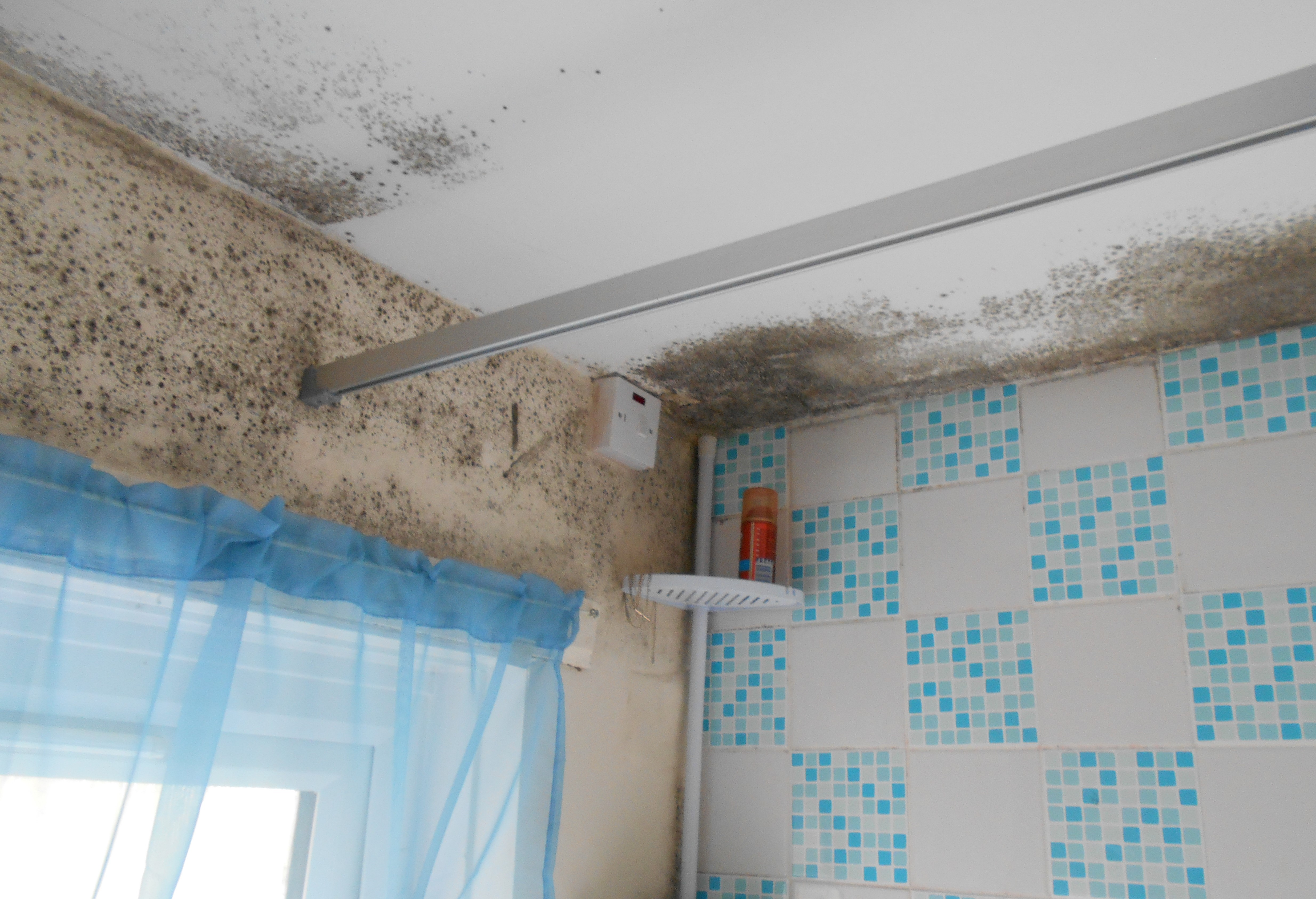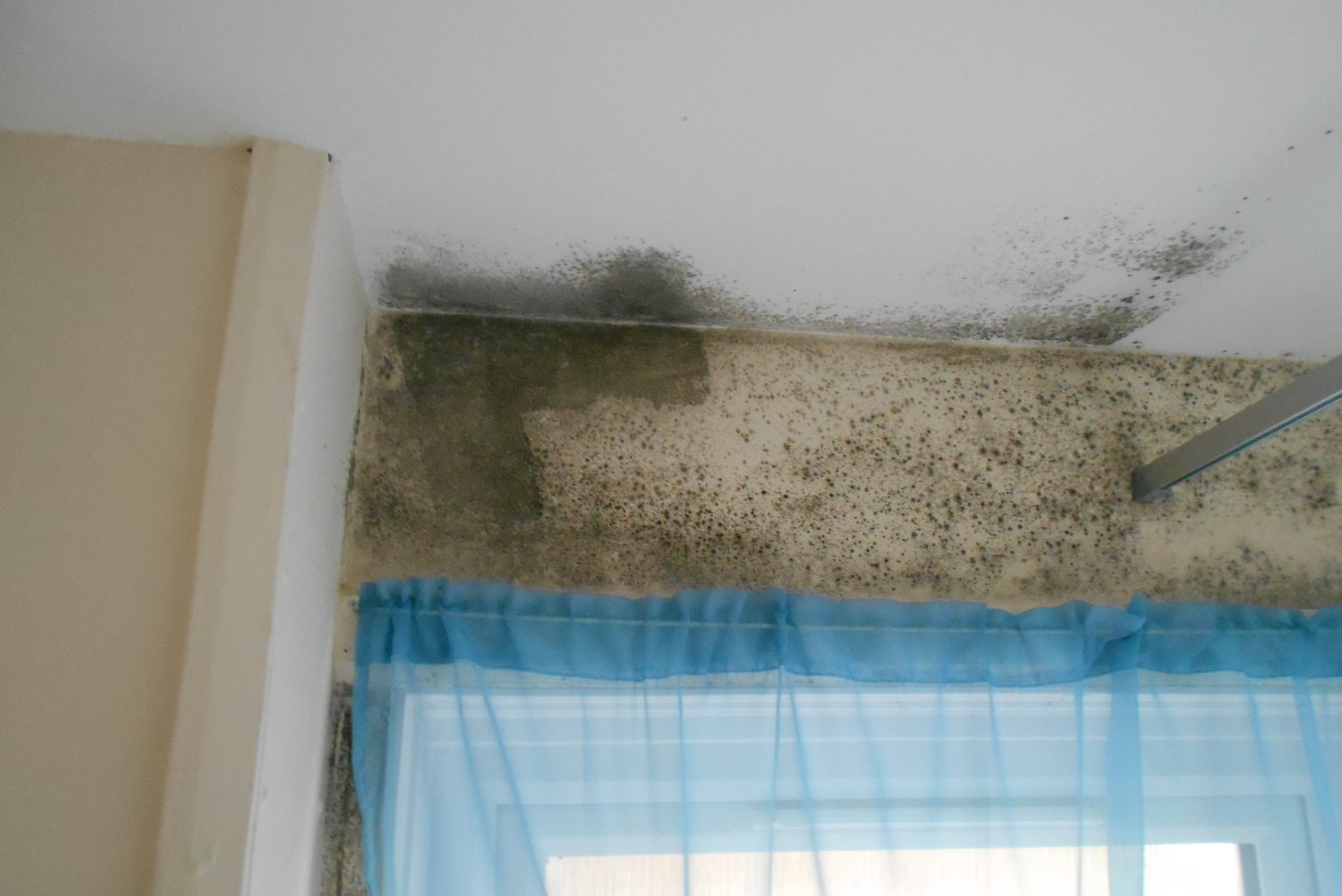Cold Homes – A Mouldy Problem
Amid high energy prices and the current cost-of-living crisis, there has been a good deal of conversation around the idea of heating the person and not the room. In the short term this is good advice, but if you are keeping your heating off, or only having it on for short periods this Winter/Spring, you may need to be especially vigilant about signs of damp and mould. In this blog, we focus on the problem of potentially hazardous Black Mould in the home and what can be done to prevent and treat it.
The Problem
There are a number of moulds that are frequently found in our homes, but the one that attracts the most attention is Stachybotrys chartarum, often referred to as Black Mould. In November 2022, the coroner in the high profile and very tragic case of two-year-old Awaab Ishak, concluded that his death was caused by exposure to mould growing in his home in Rochdale. Since then, much more attention has been given in the media to the problem of mouldy living conditions particularly within the rented accommodation sector.
Current high energy bills have unfortunately exacerbated problems of damp in homes because using our heating less has in turn led to more homes experiencing the types of environmental conditions that encourage mould to grow.
Black Mould causes unsightly damage to surfaces including soft furnishings, plasterboard and wallpaper, and is linked to a number of health issues in vulnerable people. Particularly affected are the very young or those with respiratory illnesses like asthma or bronchitis. Longer term exposure can also lead to problems with skin rashes and eye inflammation.
Mould usually appears on cold, damp surfaces where the air around is particularly still or stagnant. This is typically in the corners of rooms, around window frames, behind heavy furniture and most often in bathrooms and kitchens with poor ventilation. When actively growing the mould appears as black or dark green slimy, spreading dots or may appear dry and powdery if it is in its inactive state. There is also often an unpleasant accompanying earthy, musky smell.
Condensation Cause and Remedies
Indoor mould contamination is a significant risk in very wet buildings, perhaps after a leak or a flood, but the number one cause of mould growth in domestic dwellings is condensation. Condensation is sometimes caused by structural deficiencies, such as lack of insulation for example, but also by the way in which we live and occupy spaces on a daily basis. It occurs when moisture in the air meets with a cold surface and condenses. This air moisture is created by day-to-day activities such as cooking, showering, drying clothes and even just breathing.
The key to solving condensation issues is to get the balance right in the home between ventilation, insulation and heating – the ‘magic trio’. And this is why not heating the fabric of your home can cause a problem as it disrupts this delicate balance. Resolving the issue may not always be straightforward, particularly if there are issues of over-crowding, but luckily there are lifestyle alterations and small actions that you can take to help reduce the condensation in your home. We have written a previous blog on this called, “A Damp Issue – Condensation”, which has plenty of advice, tips and ideas which you can read here: https://bit.ly/3LGJ7ZG
One added tip or word of caution though from our Building Surveyor Gareth is, “Just because the extractor fan in your bathroom is making a noise, it doesn’t mean it’s working!”
Treating the Mould
As with any building problem, the golden rule is “Don’t leave it, sort it.” Treating the mould and it’s causes quickly is important as it prevents the mould spreading and getting worse. Small areas should be removed using a proprietary cleaner or mild bleach solution. However, some people prefer to use white vinegar, bicarbonate of soda or even hot soapy water. Rubber gloves and a mask are a good idea and cloths should be disposed of after use to prevent spreading mould spores to other areas of your home. Painting over the mould is unlikely to help.
Seek help with regard to large areas of persistent mould which should be treated professionally. Any contaminated carpets, soft furnishings or ceiling tiles will need to be removed and disposed of and in severe cases, ongoing testing and monitoring of indoor airborne contaminants may be recommended.
Black Mould in our homes is at best unsightly and at worse dangerous to health. Increasing energy prices mean that many of us have no alternative other than to heat our homes less. Unfortunately, this may lead to previously unaffected properties experiencing condensation and mould for the first time. Luckily, awareness of the potential causes and quick solutions can stop this common problem from taking hold.
For further help and advice please contact us on 01685 378894 or 02920 625433.






